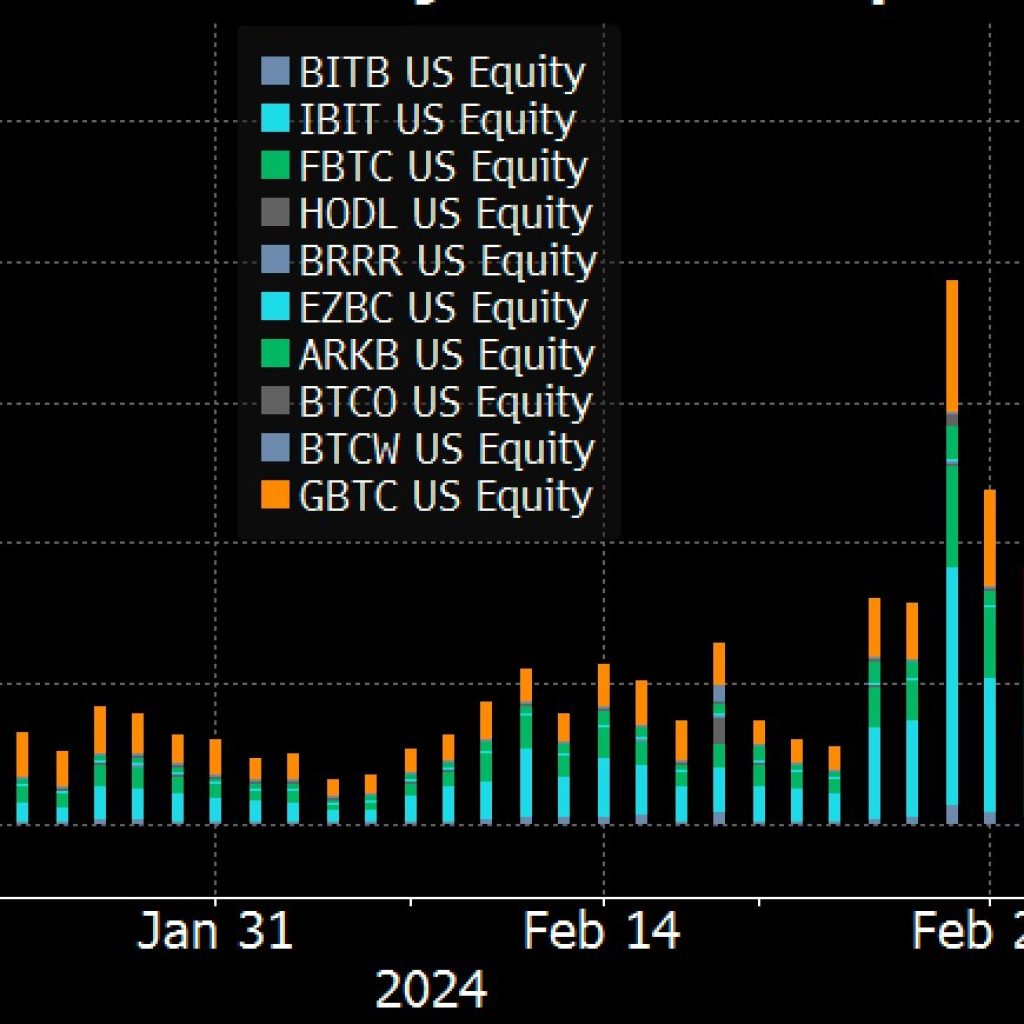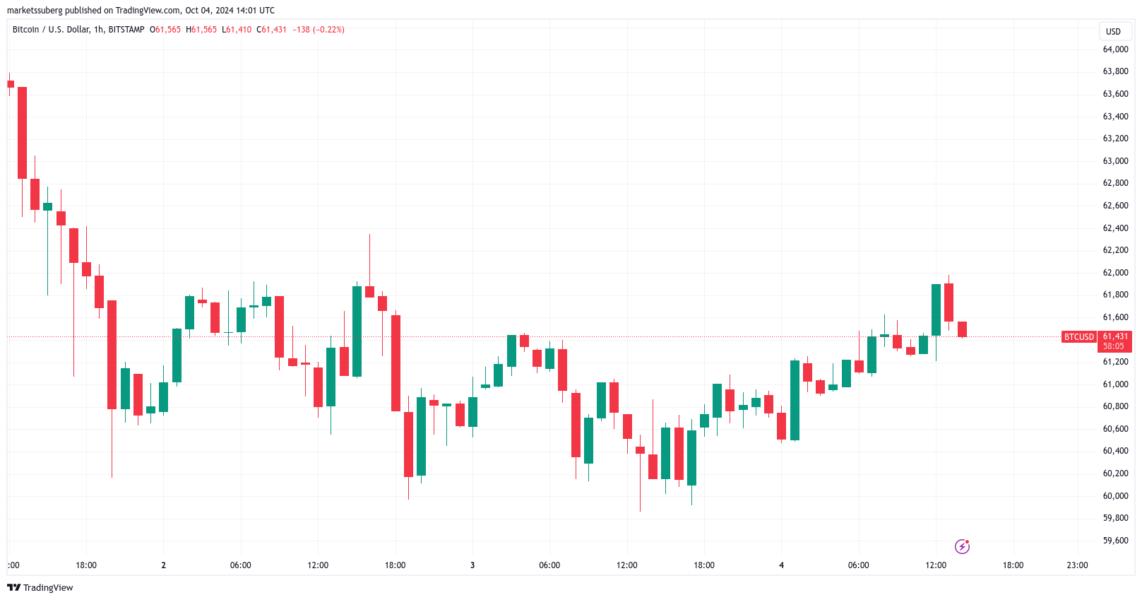What Is Executive Order 6102?
Executive Order 6102 was signed by U.S. President Franklin D. Roosevelt on April 5, 1933, prohibiting the hoarding of gold coins, gold bullion, and gold certificates within the United States. The order required individuals and companies to immediately sell their gold to the Federal Reserve at the then-current market price of $20.67 per ounce. Today, gold is worth over $2,000 an ounce. The order also made it illegal to export gold without a license issued by the Treasury Department. The purpose of the executive order was to protect the U.S. economy during the Great Depression. At the time, the U.S. was on the gold standard, which meant that the value of the U.S. dollar was tied to the value of gold. However, the government needed to increase the money supply in order to stimulate the economy, and it couldn’t do so while the majority of the country’s gold was being hoarded.
Bitcoin And Becoming Digital Gold
The parallels between gold then and Bitcoin today are striking. Bitcoin, like gold, is seen by many as a store of value and a hedge against inflation. Both assets have a finite supply and cannot be easily manipulated by governments or central banks. Bitcoin’s decentralized nature means that it is not subject to the same kinds of government intervention that gold faced in the 1930s. However, just like gold, Bitcoin has faced regulatory challenges. Some countries have banned or restricted the use of cryptocurrencies, and governments have cracked down on cryptocurrency exchanges and other businesses that deal in digital assets. The recent “Operation Chokepoint” is a perfect example of the government trying to stop BTC, and ultimately failing – it’s only become stronger since the onslaught began. Despite these challenges, Bitcoin has continued to grow in popularity and value. In 2021, the cryptocurrency reached an all-time high of nearly $65,000 per coin due to a growing “digital gold” and inflation hedge narrative. Today, it’s trading at roughly $28,000 per BTC, but has remained resilient in some of the toughest macroeconomic conditions since it inception, and has recently strengthened amidst a growing banking sector crisis.
Why Governments Can’t Ban BTC And Will Lose If They Try
The US government could try to issue another Executive Order against Bitcoin, but because it has no psychical form, and includes a layer of at least some anonymity, the government would have a very difficult time enforcing the order. Additionally, the order was due to the dollar being tied to gold at the time. No such relationship between BTC or the United States economy currently exists, meaning the same motives aren’t driving such a decision to be made. That’s not so say the US government or another government couldn’t make a dramatic stand against BTC, but it would have limited effect unless the entire world did the same. And in today’s environment, an opportunity to diminish the dollar’s dominance is an opportunity other countries would instantly take. Thus, such an order could put the United States at a considerable disadvantage. Shockingly, similar events have been taking place across finance that are eerily similar to the conditions that led to the Great Depression, including bank runs and the role played by gold and BTC. Cycles can reoccur every 90 years, making the 90-year anniversary of these key moments in history especially notable. Back then, individuals and businesses began hoarding gold. If such a situation occurs with BTC, given its scarce supply and ability to bubble up in price, something incredible could be on the horizon for the top cryptocurrency, designed specifically to be unaffected by orders like this.Today marks the 90th anniversary of Executive Order 6102, signed by President Franklin D. Roosevelt, which required US citizens to turn in their gold to the government. #goldconfiscation #history
Keep reading the threadfor more facts and why this can’t happen to #Bitcoin pic.twitter.com/k7uagl5QGg — CoinChartist (@coinchartist_io) April 5, 2023




